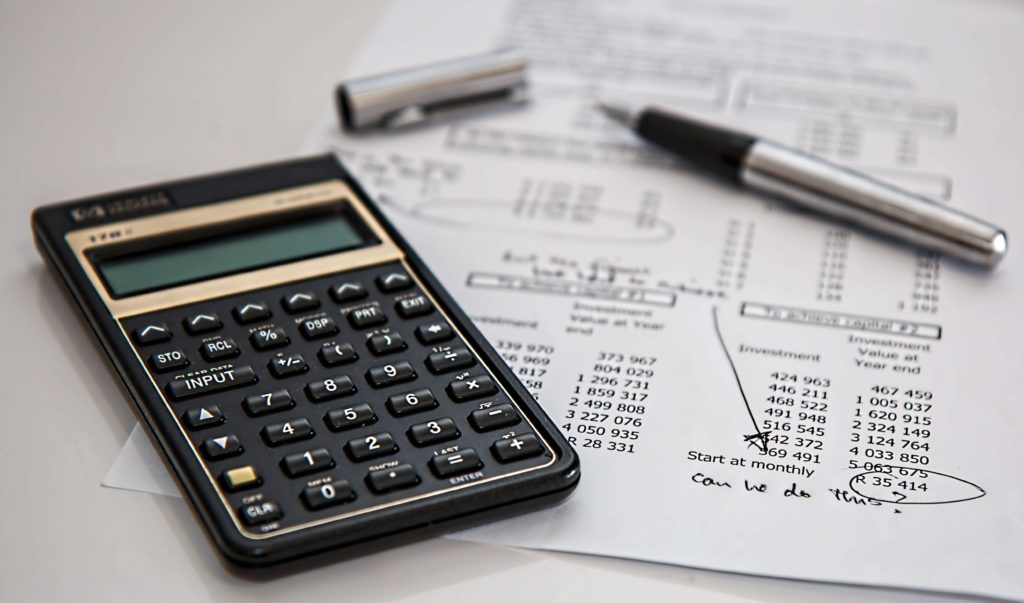In 2018, 68% of Americans admitted to suffering a financial disaster according to a survey from the National Endowment for Financial Education (NEFE).
This showed a 5% increase year over year and with more and more American workers living paycheck to paycheck, it’s safe to say many adults are finding themselves in a vulnerable position financially. With talk of an impending global recession, just over half of the population investing in the stock market and striking statistics highlighting just how at-risk Americans are in their financial lives, it may be time to shed some light on how you can best deal with a financial disaster.
Can you recover and, more importantly, what steps do you take to start the financial rehabilitation process?
Rebuild Your Financial Plan Post-Disaster
The crux of any financial recovery is your response, and that comes in the form of a financial plan. Once you have assessed your position, it is time to plan how you intend to manage the situation and expenses.
It is not enough to formulate a generalized financial plan but instead, aim to split your recovery into several action plans. As with most financial setbacks, you may find that your current obligations, such as a mortgage, car or credit card payments, will be impacted. This is where getting control of your spending — i.e. a budgeting plan – will come into play. A budget is simply a plan of how to efficiently spread your income each month, to achieve certain financial goals.
Also, you may need a debt repayment plan if you find have credit card balances and loans as a part of your expense portfolio. Start with securing information on the terms of any outstanding credit agreements.
Clarifying the credit arrangements with your lenders means you are better informed of the penalties you face in the event of missed or late payments, meaning your debt repayment plan is better suited to your situation. Finally, if your financial losses are covered by insurance or compensation, check the deadline to make any claims, and the percentage of compensation you may be entitled to.
Make Your Goals SMART
When creating your new financial plan, you want to be as specific as possible. For example, setting a goal of decreasing your expenses is too vague. Look further into your financial position each month, and determine by how much you need to cut your spending in the process of rebuilding your finances.
Setbacks, such as loss of an investment portfolio or another residual income, may mean you are short on your bills each month. Specify exactly how much — for example, by $200. Then you can look at your expenses and better identify areas to cut that $200, or pursue alternative income streams such as a freelance job paying a minimum of that amount each month.
Keep in mind that your goals also need to be realistic and measurable. Therefore, if you find yourself in a debt-laden position and struggling with thousands in credit card fees, it is unrealistic to aim to repay this in one month. You can, however, set measurable targets to achieve this goal in six or 12 months.
Build Your Employability
A key part of the post-financial disaster solution includes a steady income stream, which means your professional skills will come in handy. Take advantage of local grants or free training to improve your chances at securing additional employment, or even offer your skillset as a freelancer when you’re not working your standard 9-to-5 job.
Online platforms such as Coursera and Udemy offer a large range of self-paced professional courses that can help you retrain or advance your training, which may even lead to you getting a promotion at work.
Finally, consider your future position if you can to prevent and safeguard against future setbacks. This means re-evaluating any financial protection policies you may or may not currently have or need, along with building up an all-important emergency fund.
With three in 10 Americans having no emergency savings at all, an increasing amount of people find themselves woefully unprepared for the uncertainties in their financial lives.
A mere 18% of Americans admit they have enough to live off in their rainy-day funds for the recommended six months. While you may not be able to completely avoid financial disasters in your lifetime, you can react to them in a way that not only rebuilds your finances, but also sets you up for financial independence.
